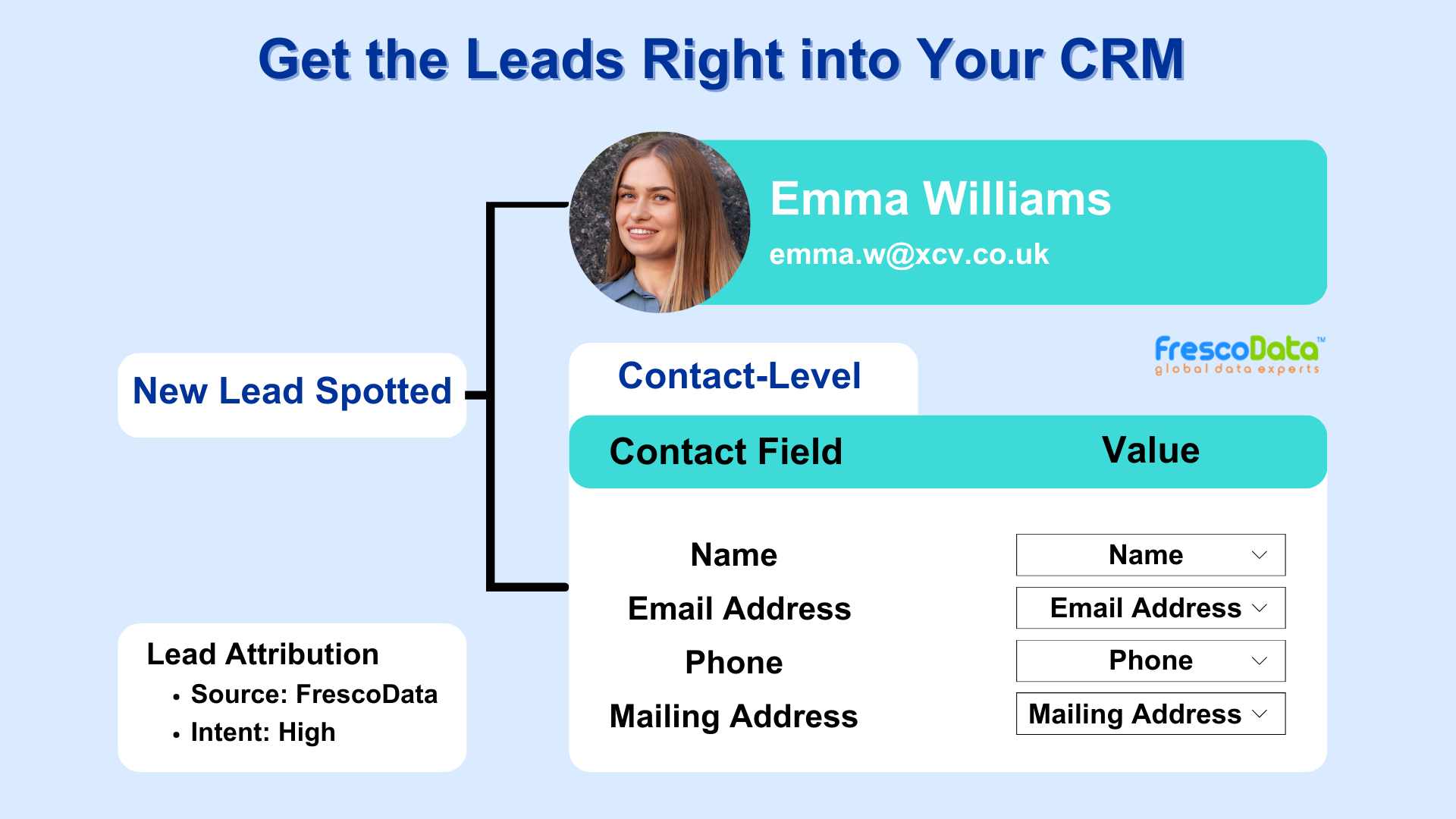- Introduction
-
Definition
-
Key Characteristics
-
Personalization
-
Real-Time Adaptability
-
Segmentation and Targeting
-
User Context
-
Automation
-
A/B Testing
-
Examples
-
Personalized Recommendations
-
Email Marketing
-
Website Personalization
-
Advertising
-
Social Media Feeds
-
Forms and Surveys
-
Event Promotion
-
Benefits
-
Improved User Engagement
-
Increased Conversion Rates
-
Efficient Resource Utilization
-
Enhanced Relevance
-
Adaptability to Changes
-
Data-Driven Insights
What is Dynamic Content?
It refers to web or digital content that can be customized and displayed differently based on various factors, such as user preferences, demographics, behaviors, or other contextual information. Unlike static content, which remains the same for all users, dynamic content is adaptable and can change dynamically to cater to the specific needs and characteristics of individual users or segments of the audience.
Key Characteristics of Dynamic Content

Personalization
It allows for personalized experiences by tailoring the information, images, or messages presented to each user based on their unique attributes or interactions.
Real-Time Adaptability
Content can be adjusted in real-time based on user actions, such as clicks, searches, or previous interactions, providing a more immediate and relevant user experience.
Segmentation and Targeting
It is often associated with audience segmentation and targeting strategies, allowing marketers to create content variations for different audience segments.
User Context
It takes into account the context in which the user is interacting with the content, considering factors like location, device, time of day, and referring source.
Automation
Automation plays a crucial role in the delivery of the content. Content management systems (CMS) and marketing automation tools enable the creation and deployment of the content based on predefined rules and conditions.
A/B Testing
It can be part of A/B testing scenarios where different variations are tested to determine which elements perform better in terms of user engagement, conversion rates, or other desired outcomes.
Examples of Dynamic Content
Personalized Recommendations
E-commerce websites often use dynamic content to display personalized product recommendations based on a user’s browsing history, purchase behavior, or preferences.
Email Marketing
In email marketing, dynamic content can be used to customize email campaigns based on recipient data, such as their name, location, or previous interactions with the brand.
Website Personalization
Websites can dynamically adjust content based on user behavior, showing different
product recommendations, promotions, or messaging depending on the user’s past actions on the site.
Advertising
Dynamic content is widely used in digital advertising, where ads can be tailored to individual users based on their interests, demographics, or online behavior.
Social Media Feeds
Social media platforms may use dynamic content to customize users’ news feeds, showing content from friends, pages, or brands based on engagement history and interests.
Forms and Surveys
Dynamic content can be employed in forms and surveys, presenting questions or options based on the user’s previous responses or characteristics.
Event Promotion
Websites promoting events can dynamically display content related to the user’s location, interests, or past attendance, enhancing the relevance of event recommendations.
Benefits of Dynamic Content
Improved User Engagement
Personalized and relevant content enhances user engagement by providing a more tailored and compelling experience.
Increased Conversion Rates
Dynamic content, when aligned with user preferences and behaviors, can lead to higher conversion rates as it addresses the specific needs and interests of individual users.
Efficient Resource Utilization
Automation and dynamic content allow for more efficient use of resources by automating the customization process, reducing manual efforts in content creation.
Enhanced Relevance
Content that is dynamically tailored to user attributes and context is more relevant, increasing the likelihood of positive user interactions.
Adaptability to Changes
Dynamic content systems can quickly adapt to changes in user behavior, market conditions, or business objectives, ensuring ongoing relevance.
Data-Driven Insights
The use of dynamic content often involves data-driven insights and analytics, providing valuable information on user preferences and performance metrics for optimization.
Stay Updated
Recent Blogs

3 Reasons to Buy Email List
Are you hesitant to buy email list for your business? Some would say buying an email list ...
November 18, 2024
Sales Follow-up Email After No Response!
70% of sales reps don’t follow up with prospects after no response. (Source) Are you...
September 2, 2024
5 CTV Advertising Tips to Get The Most Out of It
Connected TV has opened up many interesting opportunities for advertisers, allowing them t...
August 27, 2024